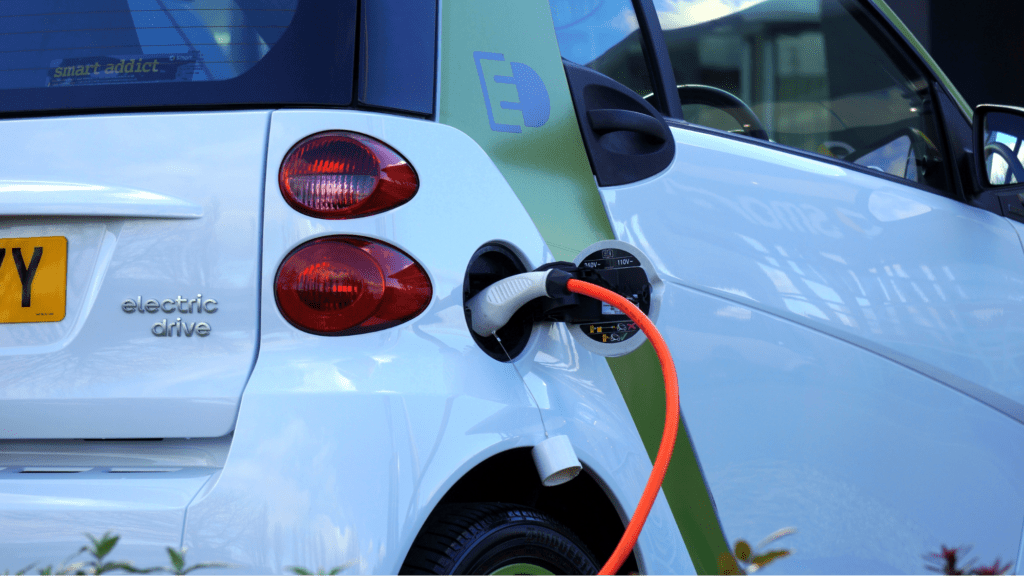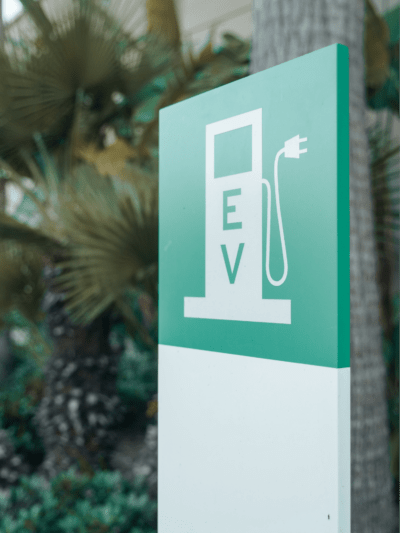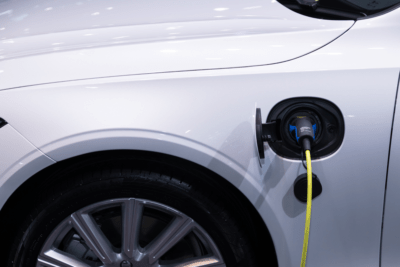Is the EV industry finally getting the support it needs from the community? It does raise awareness, but not without a few bumps in the road. In November 2021, the Biden administration passed an infrastructure bill that included $7.5 billion in funding for new EV chargers.
While this is good news for EV drivers and enthusiasts, manufacturers will have to overcome a myriad of issues that range from delayed production to batteries with limited capacity and resistance from the petrol industry.
Still, there are plenty of reasons to be hopeful about the future of EV charging and the innovations surrounding the electric vehicles technology.

Here are 4 x EV charging innovations happening today.
1. Smart Roads For All Electric Mobility
While smart roads are still very much in the beta phase in the U.S. (i.e., The Ray Interstate in Georgia), developers are already imagining the possibilities that lie ahead for smart roads, specifically EV-charging roads. This technology can change one’s EV charging experience and currently exists in Sweden, where eRoad Arlanda, the world’s first electrified road, can transfer power from the road to an electric vehicle via a mechanical arm.
In the U.S., developers in Georgia have implemented a range of technologies along the Ray Interstate, an 18-mile stretch of highway that showcases a ‘regenerative mobility ecosystem’. The interstate features smart EV charging as a part of a system that includes a tire safety check station, solar power, smart striping, vehicle connectivity, and rubberized asphalt.
2. Mobile EV Charging
 California, Florida, and New York currently lead the nation with the most EV charging stations (currently just over 425,000 EV stations in California alone). However, many states are still struggling to keep up with the demand for electric vehicle charging stations. Other states have not shifted their focus on developing a connected vehicle strategy since electronic vehicles still make up a small segment of the market.
California, Florida, and New York currently lead the nation with the most EV charging stations (currently just over 425,000 EV stations in California alone). However, many states are still struggling to keep up with the demand for electric vehicle charging stations. Other states have not shifted their focus on developing a connected vehicle strategy since electronic vehicles still make up a small segment of the market.
If you take a road trip through Alaska, Wyoming, Mississippi, Montana, or the Dakotas in your EV, charger availability is scarce, and EV drivers are likely to end up on the side of the road with a dead battery before finding a charging station.
The answer: mobile charging.
Mobile charging provides on-the-go charging in areas where EV charging may be in-demand but is still in short supply. Without setting up an on-site, permanent infrastructure, companies can deploy charging vans, temporary chargers, or portable chargers. Mobile services can provide an EV charger for personal or commercial applications.
In 2020, the automaker, Volkswagen, announced its new mobile charging station that features a 100 kWh to 360 kWh battery pack.
“The flexible smart charging stations we developed is an important component for a functioning network of charging points,” said Thomas Schmall, CEO of Volkswagen Group Components. “It can be installed anywhere independently of the power grid – whether in the city, at festivals, stadiums, or other events.”
3. Wireless EV Charging
A recharging solution that is gaining a foothold in the industry is wireless EV smart charging. The global wireless EV charging market may reach $3.75 billion by 2027.
Going wireless is an easy sell for nearly anyone with an EV vehicle and is the best EV charger innovation nowadays. A wireless system is convenient, requires less effort, and allows you to park your car anywhere in proximity to the charger. Since 2017, several luxury automakers have released wireless prototypes for many of their marquis models.
Mercedes announced a wireless option for the S550se. BMW has also released a wireless charging system for its iSeries hybrid vehicles. US-based manufacturer, Plugless Power, also teamed up with Tesla to develop an advanced wireless system with advanced algorithms for the Tesla Model S.
4. Self-Heating EV Batteries
 One of the consistent dilemmas that EV battery developers face is charging a lithium-ion battery efficiently without triggering electrical spikes and reducing cell capacity. The reaction to speed-charging creates unsafe battery conditions, putting the car and driver at risk. This is a major roadblock to sustainable mobility.
One of the consistent dilemmas that EV battery developers face is charging a lithium-ion battery efficiently without triggering electrical spikes and reducing cell capacity. The reaction to speed-charging creates unsafe battery conditions, putting the car and driver at risk. This is a major roadblock to sustainable mobility.
The challenge: Heat the battery to 140°F within 10 minutes across a 200- to 300-mile distance while maintaining charging cycles. Charging the battery at higher temperatures followed by rapid cooling would prevent electrical spikes and reduced cell capacity.
Researchers from Penn State University found the solution: a self-heating EV battery capable of charging at higher temperatures and maintaining its performance at cooler temperatures. The experiment resulted in a battery that went from -4 °F to 32 °F in 20 seconds while consuming only 3.8 percent of its capacity. The result is a remarkable improvement compared to the previous 40 percent loss that lithium-ion batteries typically experience.
Dive Into Digital Transformation with DMI
As with electric vehicle chargers, if you don’t keep up with industry momentum, your business will get left behind. Optimization is fine, but your sector may reach a tipping point at some stage — and that’s when the opportunity for digital transformation is real.
If you’re ready to transform your business, connect with us online. Let’s help your business get to the next level together.
[hubspot type=cta portal=8444324 id=79fda376-965e-472a-ac01-a2481bfe4cde]


